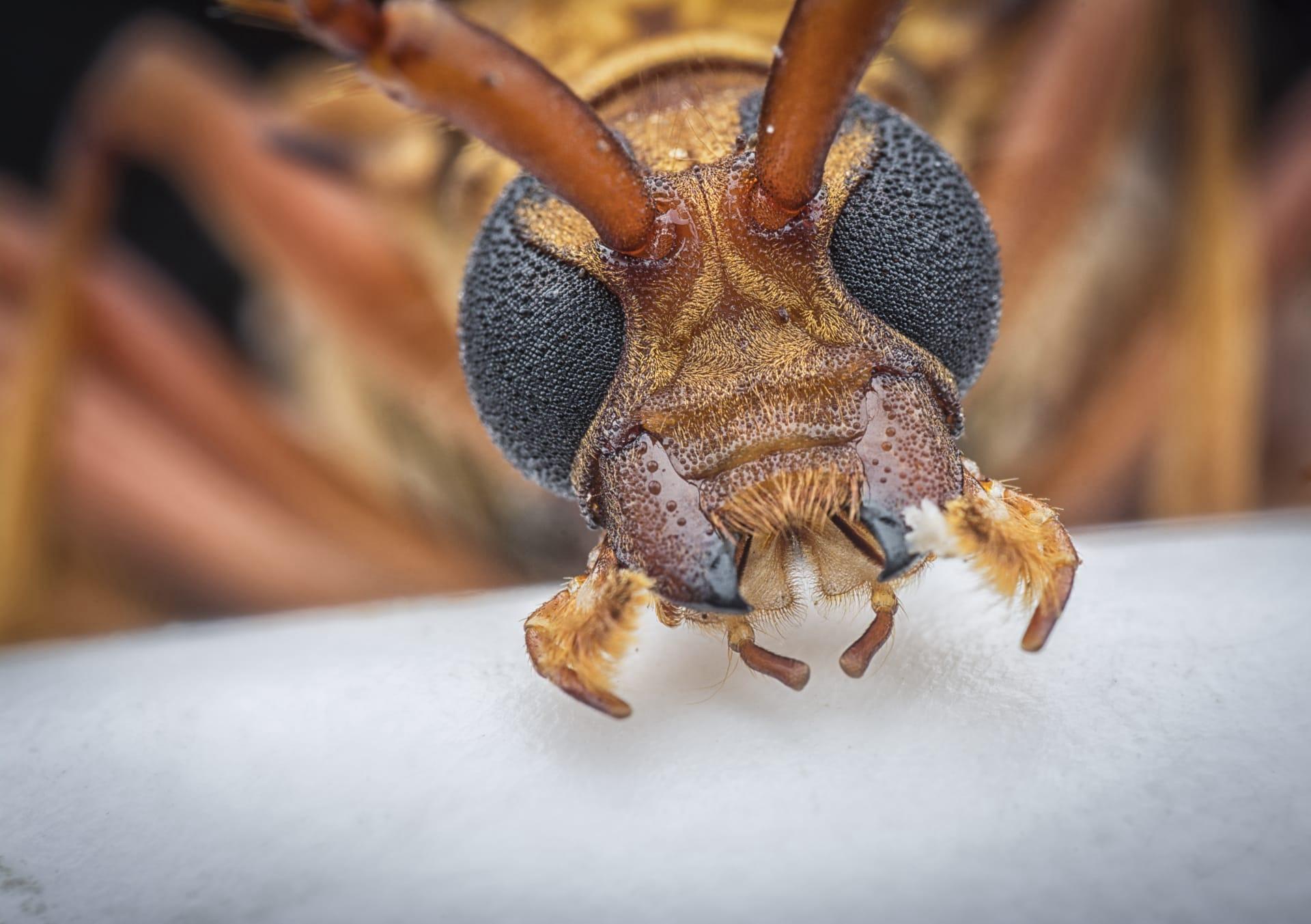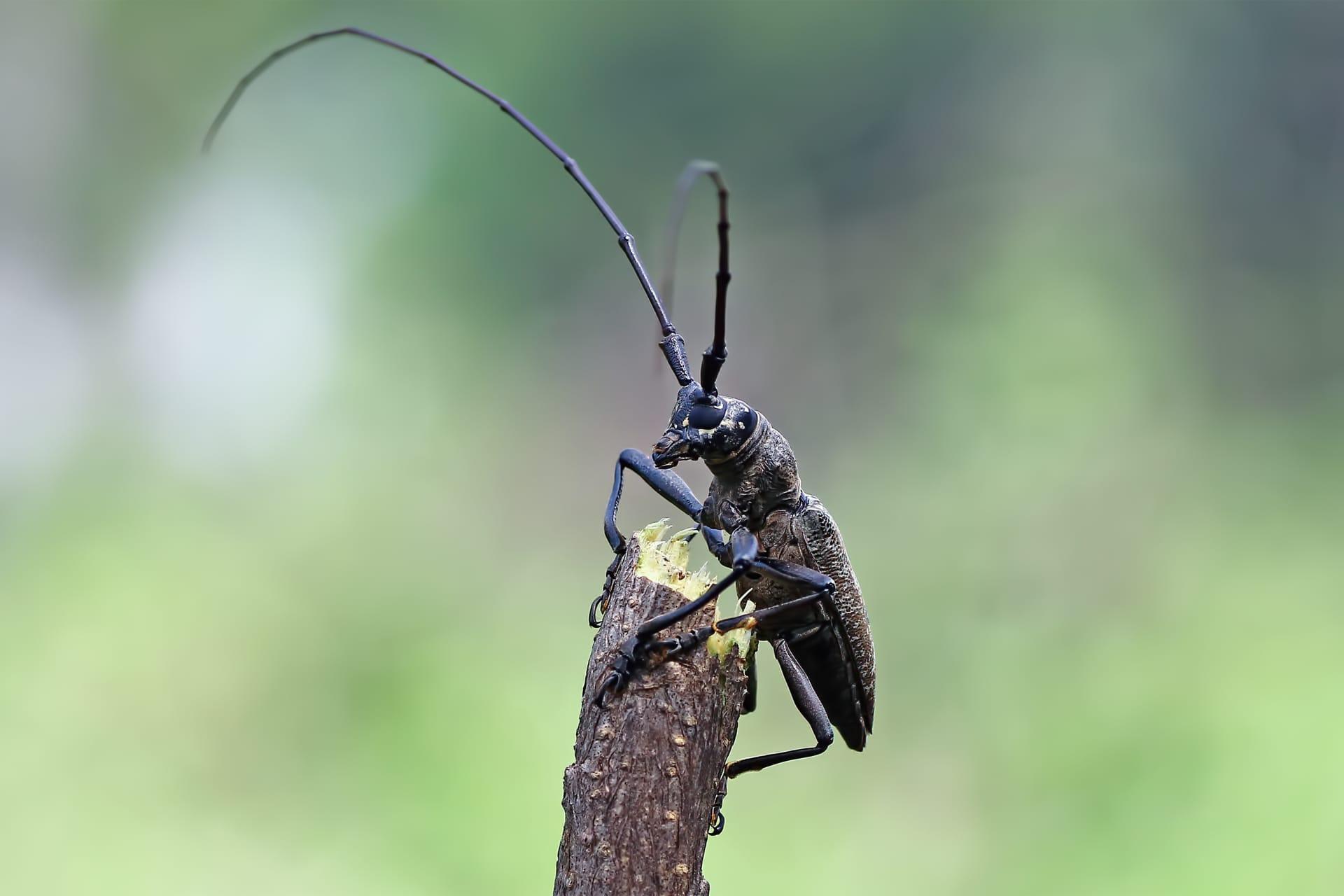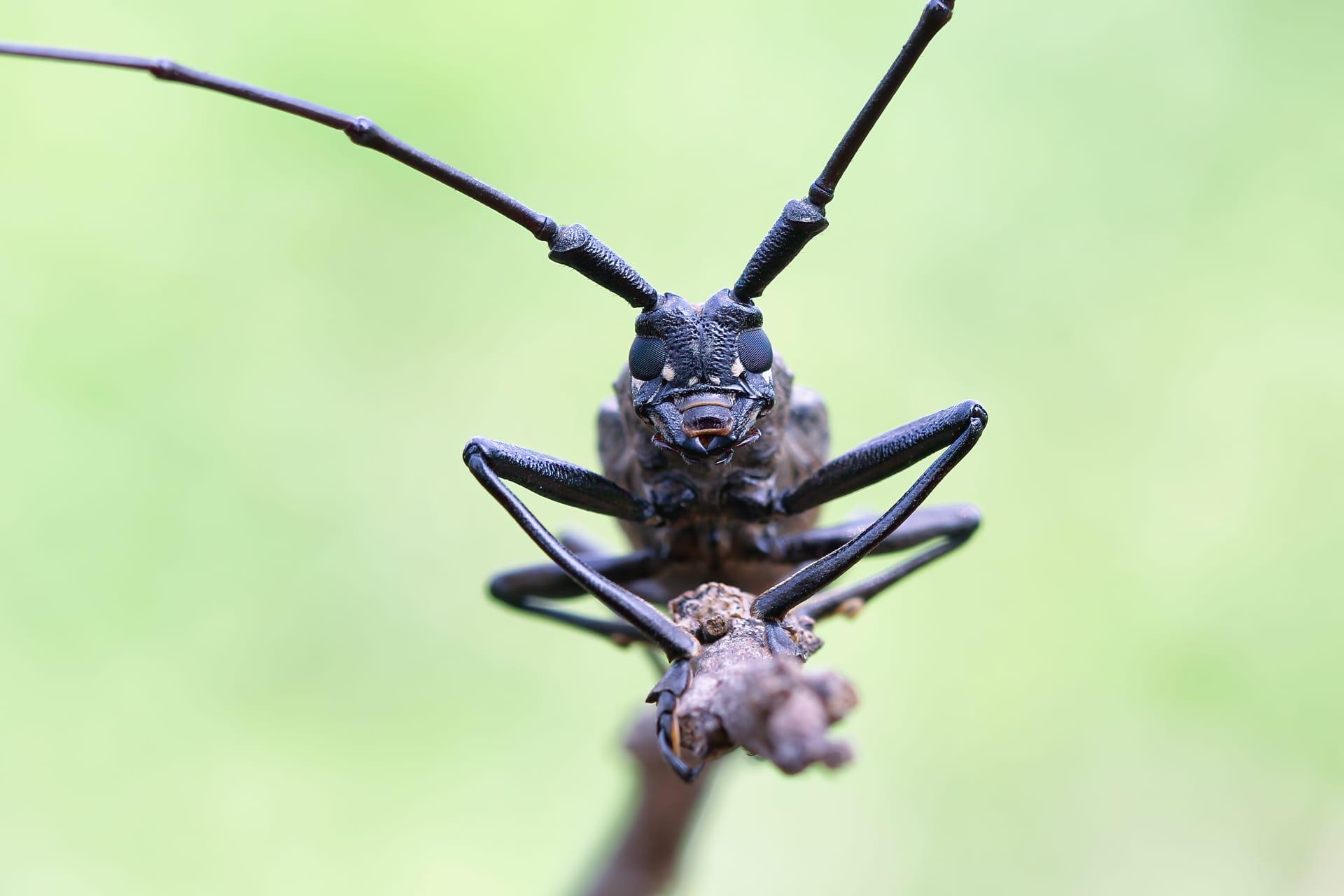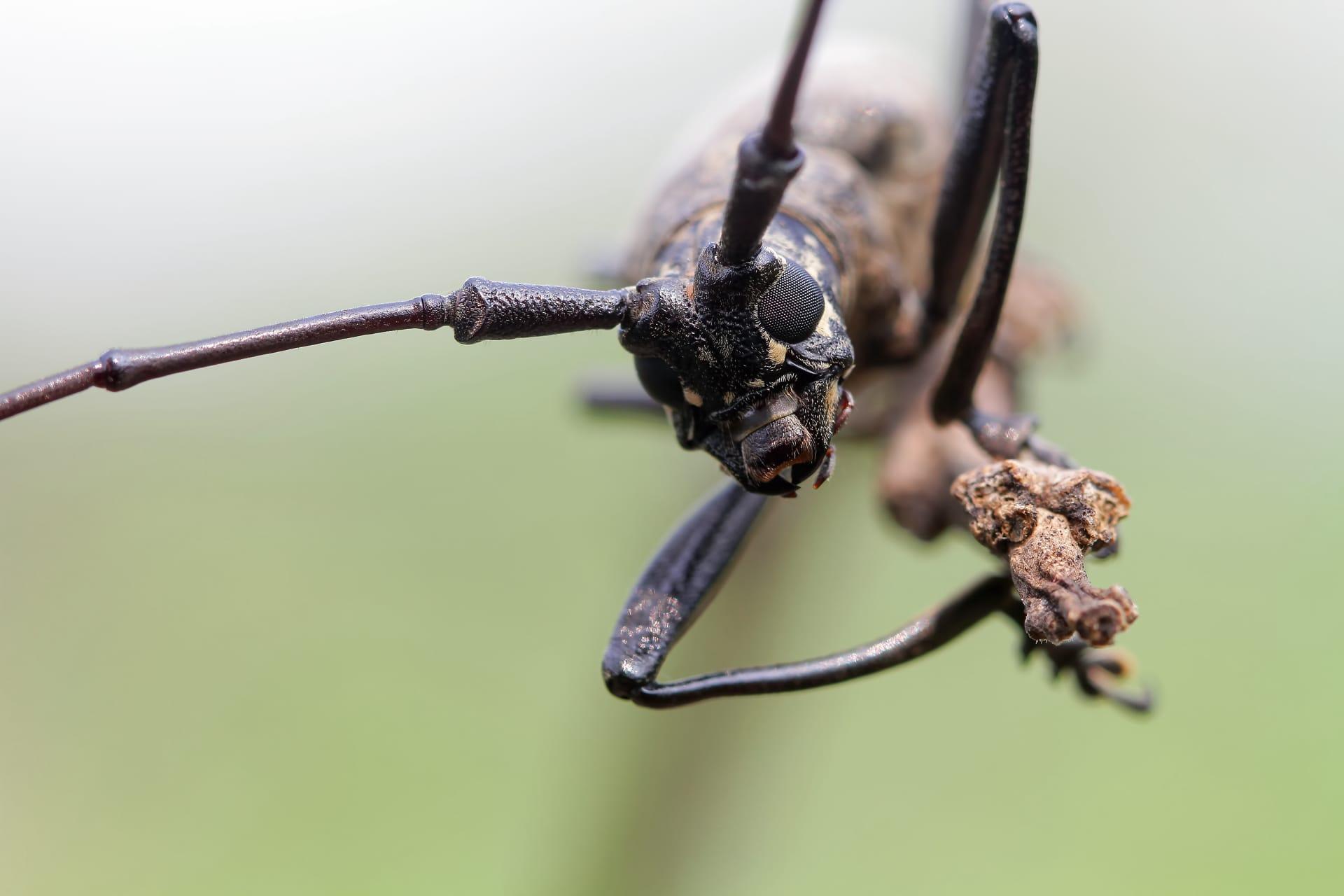Asian Beetle Characteristics
- Home /
- Mini Encyclopedia /
- Animal /
- Asian Beetle Characteristics
1
The Asian Beetle, scientifically known as Harmonia axyridis, is a fascinating creature with several unique physical characteristics. Generally, these beetles measure around 0.3 to 0.8 inches in length, showcasing a range of colors from yellow to red with distinct black spots on their wing covers. Their size and coloration can vary significantly, often influenced by environmental factors. The lifespan of an Asian Beetle in the wild typically ranges from one to three years, depending on factors like predation and climate conditions.
One of the most distinctive organs of the Asian Beetle is its elytra, the hard, shell-like wing covers. These are not just for protection; they play a crucial role in regulating the beetle's internal temperature and moisture levels. The elytra are made of a rigid material, which helps maintain the beetle's body structure and provides a shield against predators. Additionally, the elytra facilitate the insect's flight by opening up to allow the delicate flight wings underneath to unfold. This mechanism is essential for their survival, aiding in food search, mating, and escaping predators.

2
Question: Why do Asian Beetles tend to invade homes during certain times of the year?
Answer: Asian Beetles are known for their seasonal invasions of homes, particularly in the fall. This behavior is primarily driven by their search for a warm, sheltered place to overwinter. As the temperature drops, these beetles instinctively move towards buildings where they can find warmth and protection from the harsh outdoor conditions. They are especially attracted to light-colored buildings and those exposed to sunlight. Once inside, they tend to gather near windows or in warm, secluded areas. Come spring, the beetles re-emerge and head back outdoors. This seasonal migration is a survival strategy, helping them conserve energy and increase their chances of survival during the colder months.

3
The locomotion of the Asian Beetle is quite remarkable, demonstrating both proficiency in flight and agility on the ground. They have well-developed flight wings beneath their elytra, allowing for efficient and swift movement through the air. This flight capability is crucial for the beetle to find food sources, mates, and suitable habitats. On the ground, they exhibit quick and coordinated movements, thanks to their six jointed legs that provide both speed and precision.
In terms of feeding, Asian Beetles are primarily known as predators, feeding on aphids and scale insects, which makes them beneficial in controlling pest populations in gardens and farms. Their diet consists mainly of soft-bodied insects, but they can adapt to various food sources if necessary. In some cases, they may consume fruits, nectar, and plant material, demonstrating their opportunistic feeding habits. This adaptability in diet plays a significant role in their ability to thrive in diverse environments.

4
Asian Beetles are highly adaptable and can thrive in a variety of environments, ranging from agricultural fields to urban areas. They prefer temperate climates and are often found in areas with abundant vegetation, which provides food and shelter. Their ability to survive in different habitats is a key factor in their widespread distribution across Asia and introduction to other continents.
The reproduction of Asian Beetles involves fascinating behaviors and adaptations. They typically breed in late spring or early summer when the temperature is favorable. Females lay clusters of eggs on the underside of leaves, particularly in areas abundant with aphids, providing immediate food sources for the emerging larvae. The beetles undergo complete metamorphosis, evolving from egg to larva, then to pupa, and finally into the adult form. This reproductive strategy, coupled with their ability to produce multiple generations in a year, contributes to their rapid population growth and resilience.

5
Book: "The World of the Asian Beetle" by Dr. Emma Larson (United States, 2018) - This comprehensive guide explores the intriguing world of the Asian Beetle. Dr. Larson delves into their biology, behavior, and ecology, providing insights into their role in ecosystems and impacts on human environments. With vivid illustrations and easy-to-understand language, the book is an excellent resource for both entomologists and nature enthusiasts.
Book: "Beetles of Asia: A Photographic Journey" by Liam Chen (Singapore, 2021) - In this visually stunning book, Liam Chen captures the beauty and diversity of beetles across Asia, with a special focus on the Asian Beetle. The book combines high-quality photographs with informative captions, offering a unique perspective on these fascinating insects. Chen's work not only showcases the Asian Beetle's beauty but also highlights its ecological significance.